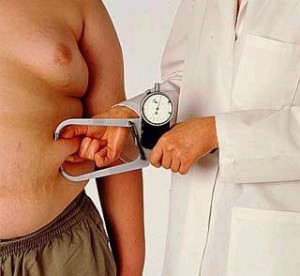The US Federal Government has put out dietary recommendations based on scientific research for many decades. Even with these

supposed health recommended foods and beverages, the United States is experiencing an unprecedented obesity epidemic, in addition to the prevalence of many diet-related diseases.
A new study has compared these dietary guidelines with the actual food supply in the United States, to determine if availability (or the lack thereof) of healthy foods may be contributing to the diet-related health problems plaguing Americans.
The researchers from the US and Canada looked at the most current set of dietary recommendations (as of the time of this study) using the Healthy Eating Index – 2010 (HEI-2010) and compared them with 40 years of actual US food supply data from 1970 through 2010.
Food supply data sets came from: the Loss-Adjusted Food Availability Data set, the ERS Nutrient Availability Data set, data on salt consumption from the Salt Institute, and estimates per capita of alcohol consumption from the National Institute on Alcohol Abuse and Alcoholism.
Important Findings:
- After comparing the HEI-2010 with 40 years of food supply data, the HEI-2010 summary score stayed relatively consistent at around half of optimal, with an increase from 48% in 1970 to 55% in 2010.
- Total protein showed the best agreement between the HEI-2010 and the actual food supply.
- Total fruit, whole fruit, total vegetables, greens and beans, whole grains, dairy, and sodium were all at or below 50% of optimal for the whole study period (40 years).
- Improvements in scores were noted for: seafood, plant proteins, empty calories, and fatty acids.
The results of this study point to the realization that there are significant gaps between dietary recommendations by the government and actual food supply in the United States. Most food
![Photo By Hanbor12 (Own work) [CC BY-SA 3.0 (http://creativecommons.org/licenses/by-sa/3.0)], via Wikimedia Commons](http://french-paradox.net/wp-content/uploads/2015/01/Guide_to_Healthy_Eating_2013_french_paradox-300x192.jpg)
The results of this study did show some improvements in terms of health-eating habits aligning with food supply, though more research looking for possible trends over longer periods of time is needed (i.e. after 2010 and onward).
Source:

